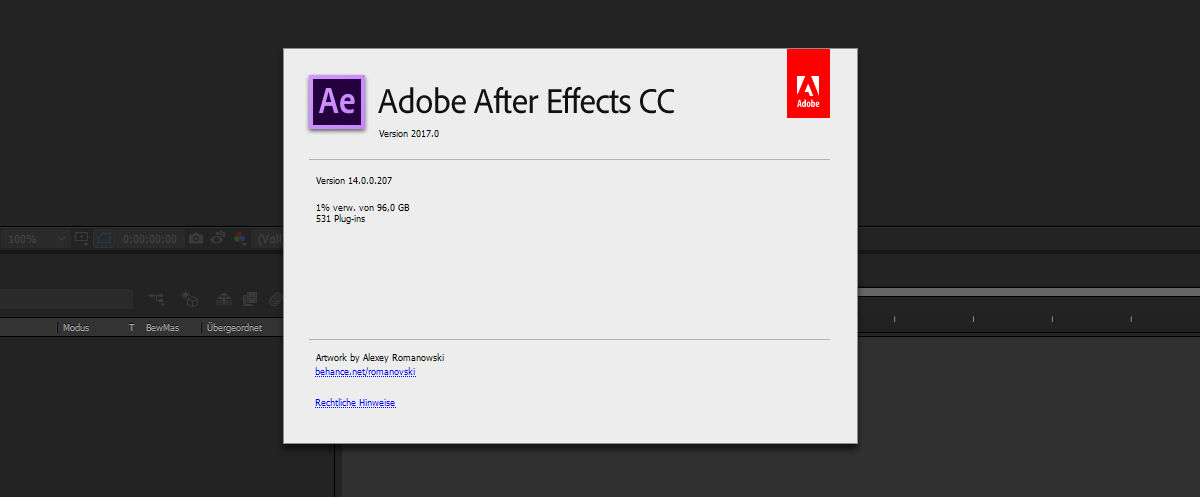



After the completion of the "while" loop, we have the starting and ending x and y coordinates for this segment.

The rest of the code just checks to see if we're in the x movement, the first hold, the y movement, or the second hold phase of the segment and positions the layer accordingly. StartZ = Math.floor(random(dimZ))*gap + origin ĮndZ = Math.floor(random(dimZ))*gap + origin Įnd += (deltaX + deltaY + deltaZ)/gridRate + 3*holdTime Įase(time,p4,p5,) GridRate = 250 //speed (pixels per second) Now let's take a look at what it would take to make this 3D. You'll notice that the 3D code has exactly the same structure as the 2D code - it's just been expanded to accommodate the z dimension. Let's move from spatial randomness to randomness in time. We're going to look at some examples of how you can create some interesting time effects by applying random expressions to the Time Remapping property of a layer. In this first example, we'll start with the basic random expression that we were using for random motion before we introduced the concept of random durations. So what we're shooting for here is an expression that, every segment duration (.5 seconds in this case) a new random target time is selected. Then Time Remapping will interpolate to the target time over the duration of the segment. VertGap = (thisComp.height - h*numCols)/(numCols + 1) HorizGap = (thisComp.width- w*numRows)/(numRows + 1) Only two minor modifications have been made to the original code: "minVal" has been changed to the layer's In Point, and "maxVal" has been changed to the layer's Out Point minus the segment duration (so we don't slide off the end of the footage.) So the effect will be time randomly sliding back and forth. The After Effects implementation of expressions has a wonderful built-in random motion generator - the wiggle() method. For a lot of applications, wiggle() provides all the randomness you will need. It's similar in concept to the wiggler keyframe assistant but you use wiggle() inside an expression. wiggle() takes five parameters, but for our purposes, we're only going to use the first two. The first parameter is frequency (in wiggles per second) and the second parameter is amplitude (in the units of the property being wiggled). If you're wiggling a Position property, for example, amplitude is in pixels.


 0 kommentar(er)
0 kommentar(er)
